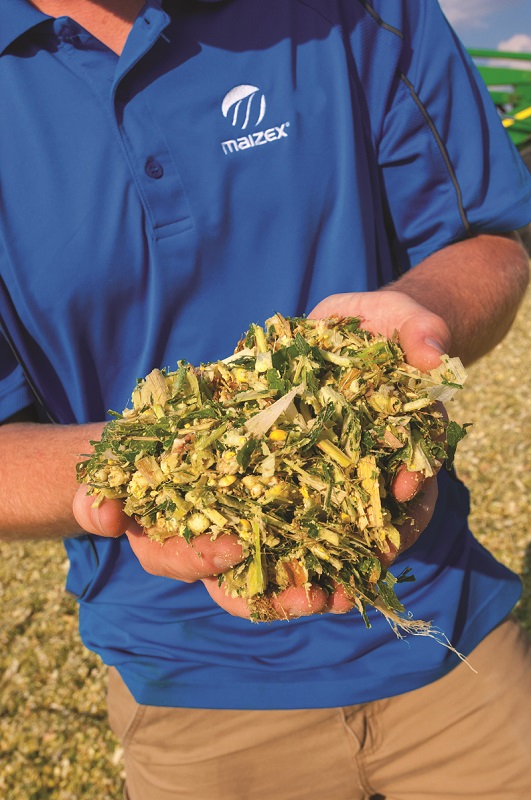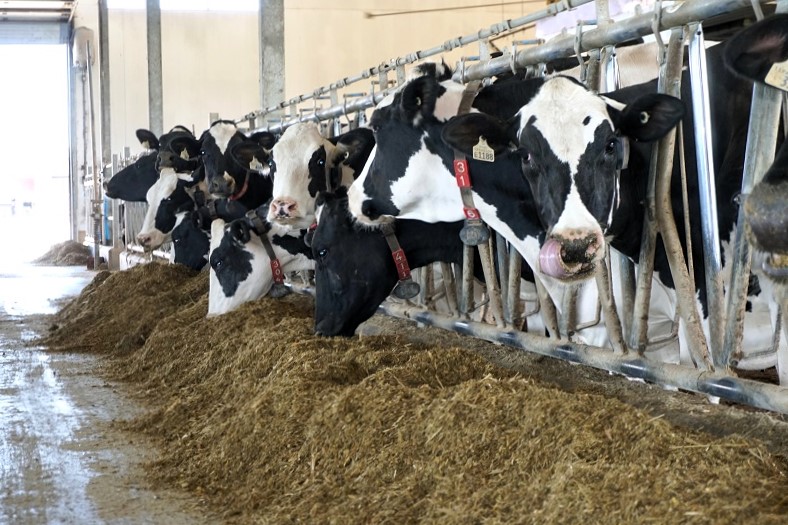Grading Your 2023 Silage Crop
October 27, 2023Now that the 2023 corn silage harvest is complete, you should take some time to evaluate the crop you produced and the feed you will be feeding from it for the next year. It is always good to review the season and what you learned in order to make notes to help plan for next year.
Is there anything you would have done differently from a crop management perspective if given the chance? Use the report card and resources below to try to learn from this year to improve in 2024.

2023 Silage Crop Report Card
Download a printable version of the below report card.
| In-season Crop Notes | |
| How did your crop look during the growing season? Was it healthy, green, and vigorous? Or was it yellow and stunted? Did you observe any leaf diseases? | |
| Management | |
| Number of acres of corn silage in 2023: | |
| Did you devote enough acres to corn silage? | |
| Do you need more acres next year to build inventory? | |
| Did you spray a fungicide? If yes, did you see any visual benefits and did you weigh and analyze samples to see the difference? | |
| Harvest Timing For more detailed information and tips on silage harvest timing, check out this article. | |
| Was the maturity of your hybrids correct, or were they too long or too short? | |
| Did you time the harvest at the correct moisture level? Make notes for next year on your observations so you can improve your timing. | |
| Kernel milk line at harvest: | |
| Accumulated CHU at harvest: | |
| How green were the plants at harvest? | |
| Yield Notes | |
| Was your yield more or less than expected? | |
| How did your yield compare to key benchmarks in your area? | |
| Did you yield enough to fill your bunker/silo/bag? | |
| Will you have enough feed to last to next harvest? | |
| Feed Notes If you are feeding out of your new crop silage already, you likely have a feed test to help your nutritionist balance your ration. If you haven’t taken a sample yet, it would be helpful to know what the feed values are and to calculate your feed inventory and if it will last until harvest next year. A feed analysis is key to ensuring you are optimizing your feed supply to maximize production. For more detailed information and tips on interpreting your corn silage analysis, check out this article. | |
| Moisture content/dry matter: | |
| Did the silage go in at the right moisture content for your storage? | |
| Why was it too dry or too wet? | |
| Did your silo run, or is your bunk-face heating from being too dry and poor packing? | |
| Is your starch level where you would like it to be? | |
| Starch digestibility/ processing scores: How digestible is your starch content? How well did the harvester process the kernels? Are you seeing any kernels or pass-through in the manure? | |
| Fiber digestibility scores: Is your nutritionist happy with your fiber digestibility? | |

Once you have completed your annual review, make a list of any changes that you want to make. Consult with both your nutritionist and trusted seed partner to ensure that your goals are understood and realistic. Remember your feed supply starts with your hybrid choice. Choosing the right corn hybrids for your operation is critical to meeting your feed goals and optimizing your productivity.
Adam Parker, CCA-ON
